
Copernical Team
ESA Impact 2023 – Quarter 1
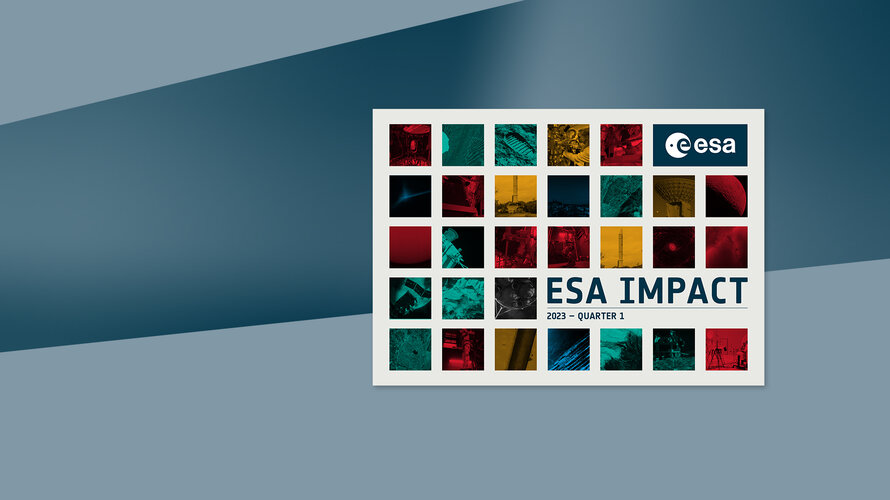
ESA Impact 2023 – Quarter 1
Welcome to this edition of ESA Impact, an interactive publication covering stories and images from the first quarter of 2023.
The Making of Juice – Episode 10.3
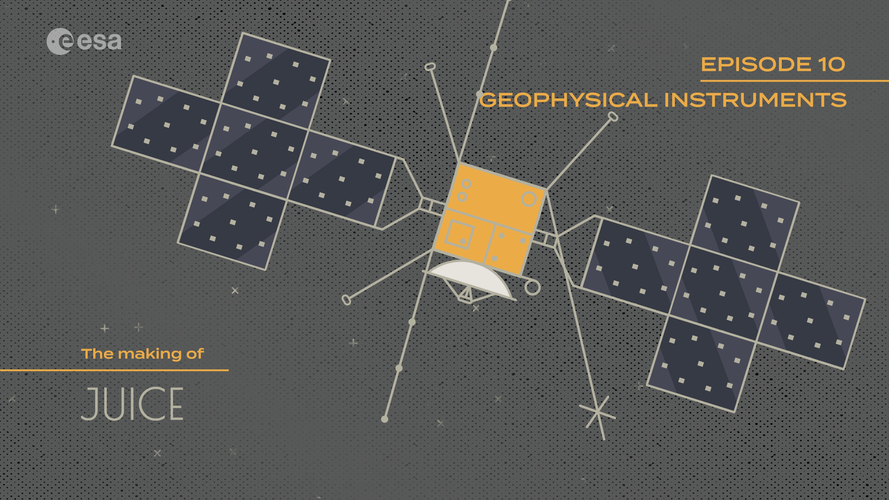 Video:
00:19:44
Video:
00:19:44
The Making of Juice series takes the viewer behind the scenes of the European space industry, space technology and planetary science communities around ESA’s Jupiter Icy Moons Explorer (Juice) mission.
Juice has a state-of-the-art science payload comprising remote sensing, geophysical and in situ instruments. This episode focuses on the geophysics instruments, which will explore the moons’ surface and subsurface, probe the atmospheres of Jupiter and its moons, and measure their gravity fields.
The GAnymede Laser Altimeter (GALA) will study the tidal deformation of Ganymede and the topography of the surfaces of the icy moons. The Radar for Icy Moons
Week in images: 27-31 March 2023
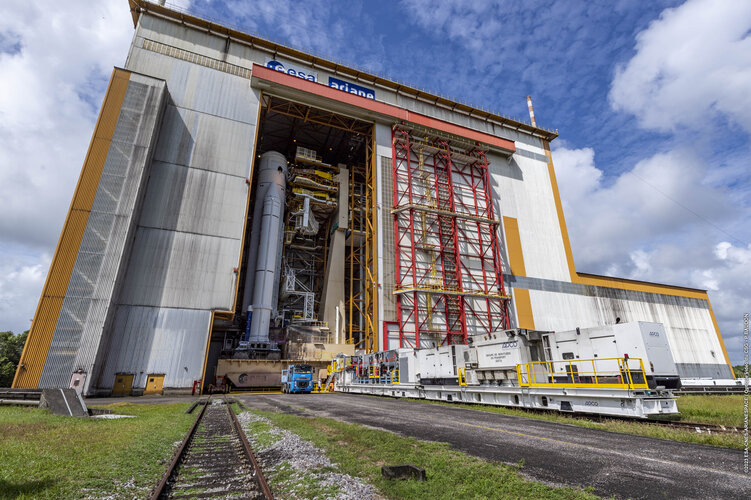
Week in images: 27-31 March 2023
Discover our week through the lens
NOAA's GOES-U satellite completes pre-launch acoustics tests
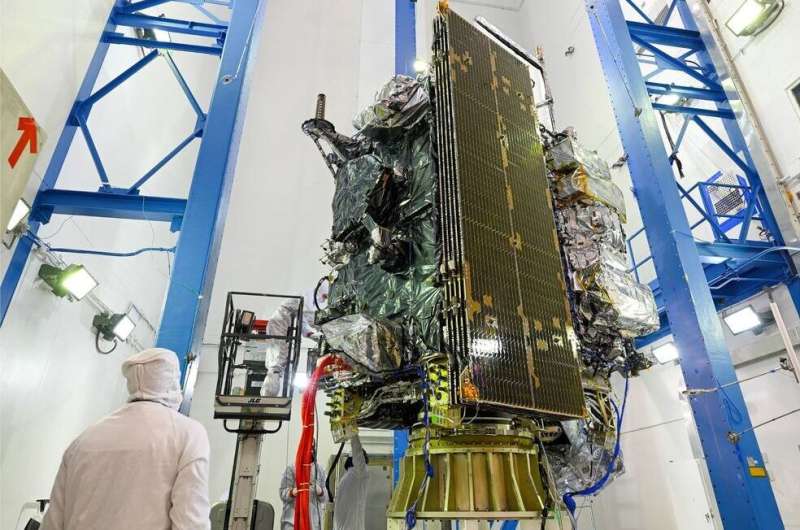
GOES-U, the fourth and final satellite in NOAA's GOES-R Series, recently completed acoustics testing as part of a rigorous testing program to ensure it can withstand the harsh conditions of launch and orbiting in space 22,236 miles above Earth.
During acoustic testing, GOES-U endured extremely high sound pressure of 138.4 decibels from high-intensity horns. This testing simulated the noises GOES-U will experience when it is launched.
The testing was conducted at Lockheed Martin Space's Littleton, Colorado, facility, where GOES-U was built. GOES-U is scheduled to launch in April 2024.
The GOES-R program is a collaborative effort between the National Aeronautics and Space Agency (NASA) and the National Oceanic and Atmospheric Administration (NOAA). NASA builds and launches the satellites for NOAA, which operates them and distributes their data to users worldwide.
Do you need to test your new satellite technology in space? ESA and the EU are ready to help with flight ticket opportunities
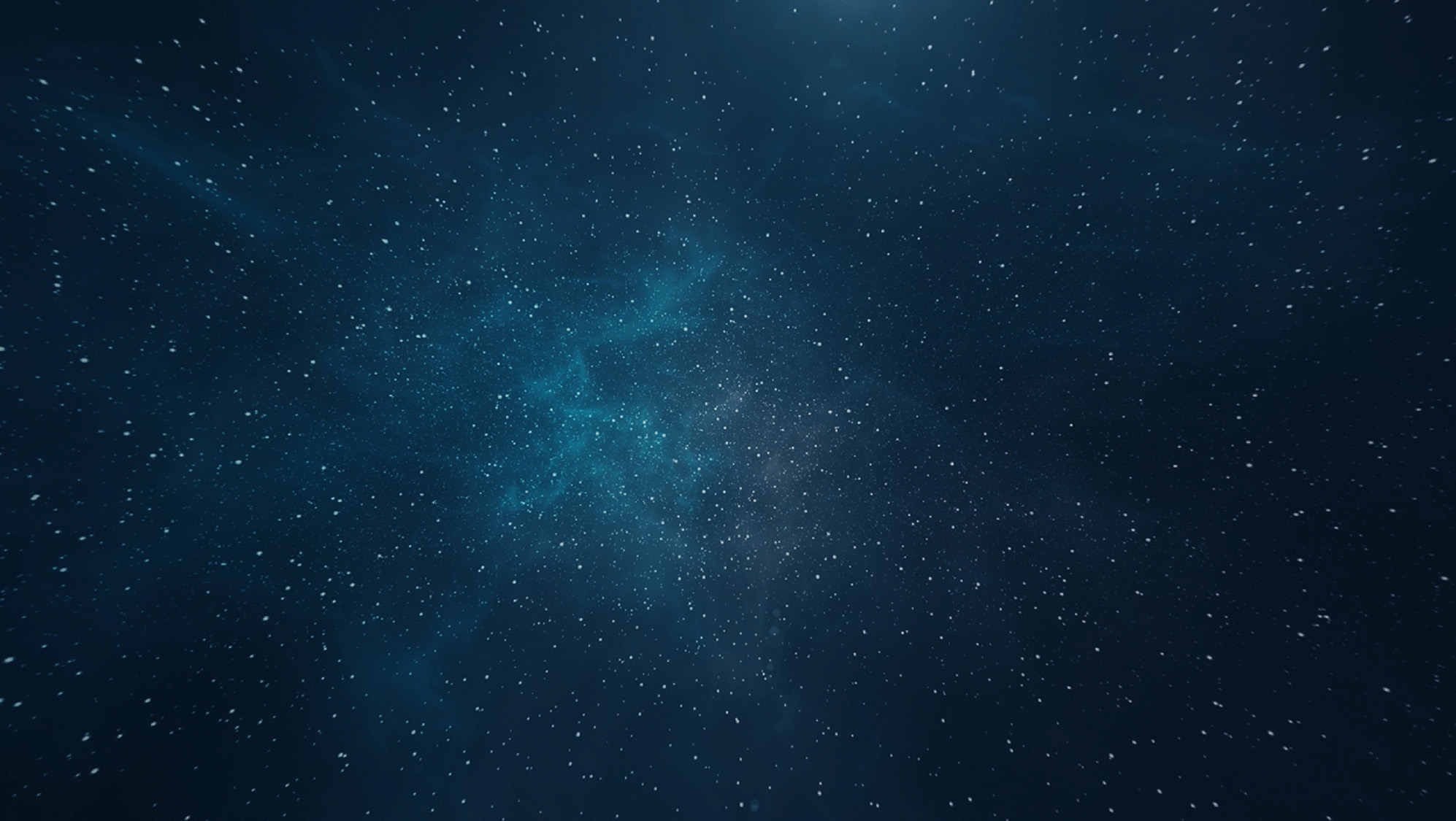
The European Commission and the European Space Agency are jointly offering flight ticket opportunities for European companies or organisations to co-fund the launch services to test your new satellite technologies in space.
Earth from Space: Pollino National Park, Italy
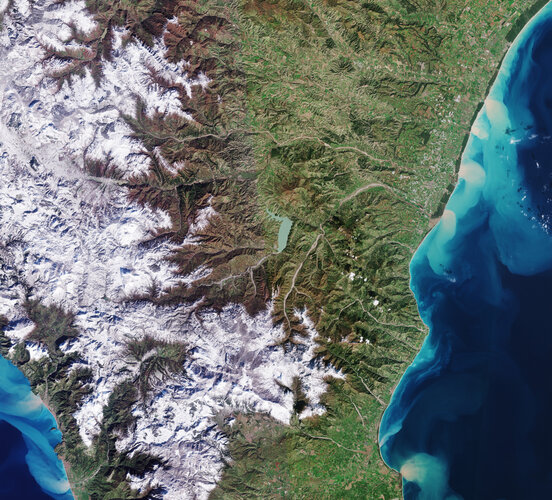 Image:
Part of southern Italy is featured in this wintery image, captured by the Copernicus Sentinel-2 mission.
Image:
Part of southern Italy is featured in this wintery image, captured by the Copernicus Sentinel-2 mission. Is Europe already drying up?
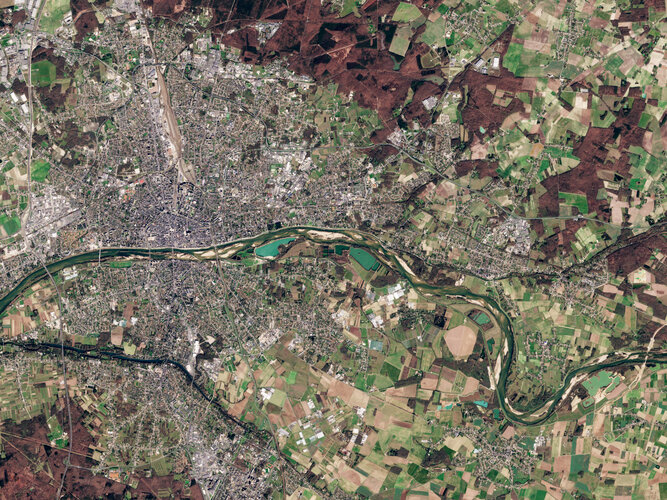
Europe has just endured its second warmest winter on record. Much of southern and western Europe has been affected by substantial anomalies of soil moisture owing to this exceptionally dry and warm winter. Data from ESA’s Soil Moisture and Ocean Salinity mission have been used to monitor the low levels of soil moisture across Europe.
ESA hosts Belgian astronauts and State Secretary for Science
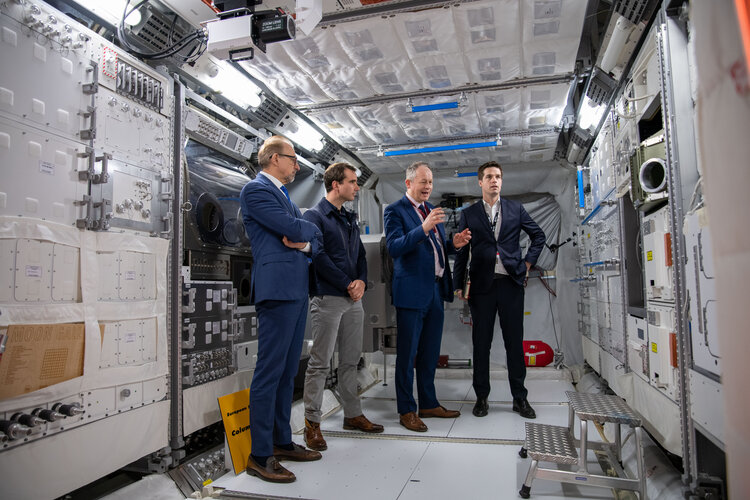
The flag of Belgium flew proudly over ESA’s technical heart in the Netherlands as ESTEC was honoured with a visit by Thomas Dermine, Belgium’s State Secretary for Science Policy, Recovery Program and Strategic Investments, accompanied by new Belgian astronaut Raphaël Liégeois.
Inflatable fuel tank offers extra space for space
 Image:
Inflatable fuel tank offers extra space for space
Image:
Inflatable fuel tank offers extra space for space Spire Global awarded NOAA contract for satellite weather data
 Spire Global, Inc. (NYSE: SPIR) has been awarded an Indefinite Delivery Indefinite Quantity (IDIQ) contract by the National Oceanic and Atmospheric Administration (NOAA) to compete for orders under a $59 million ceiling. The award is part of NOAA's Commercial Weather Data Program's Radio Occultation Data Buy II. The contract commenced on March 27, 2023 and will run until March 26, 2028.
Sp
Spire Global, Inc. (NYSE: SPIR) has been awarded an Indefinite Delivery Indefinite Quantity (IDIQ) contract by the National Oceanic and Atmospheric Administration (NOAA) to compete for orders under a $59 million ceiling. The award is part of NOAA's Commercial Weather Data Program's Radio Occultation Data Buy II. The contract commenced on March 27, 2023 and will run until March 26, 2028.
Sp 
